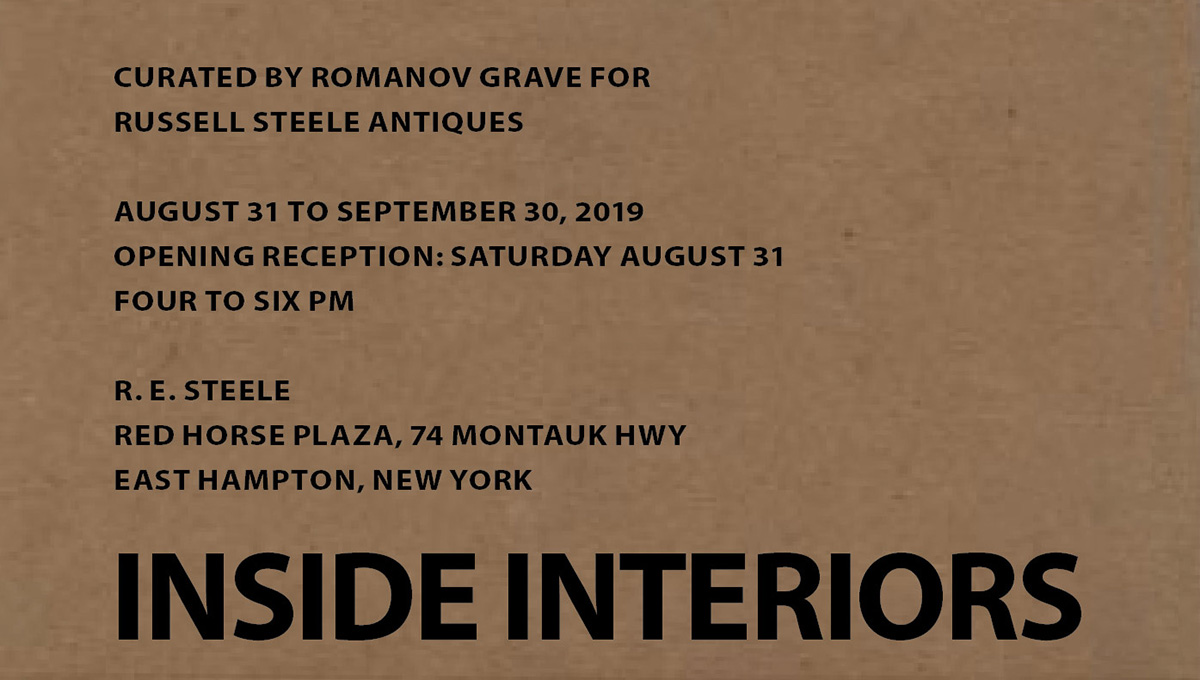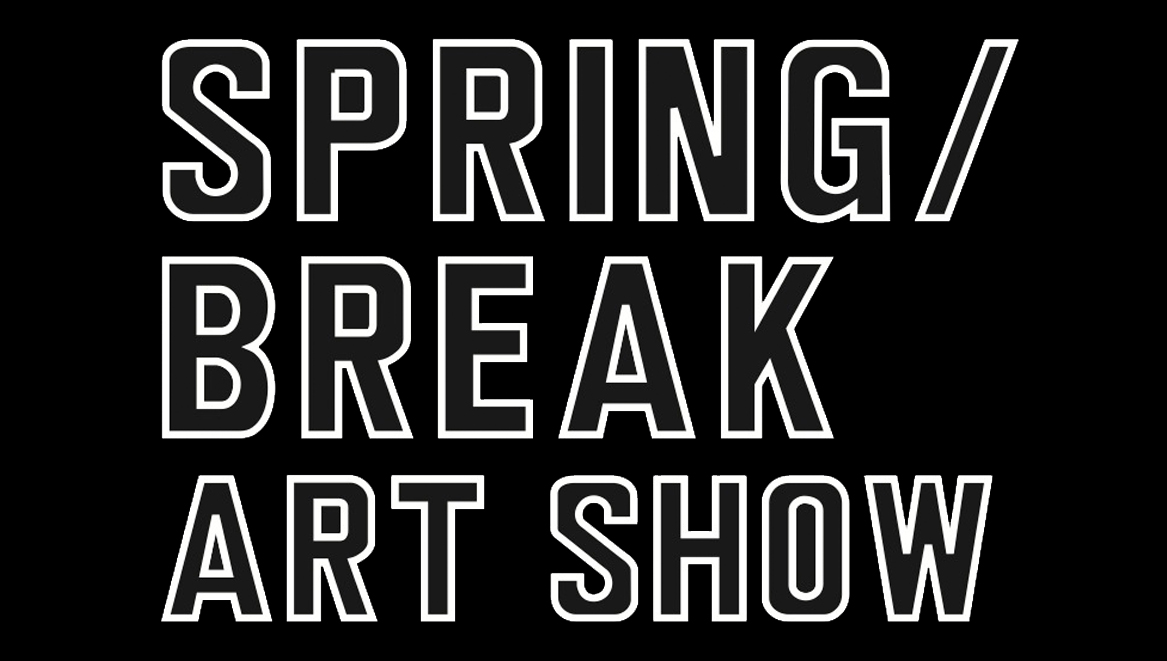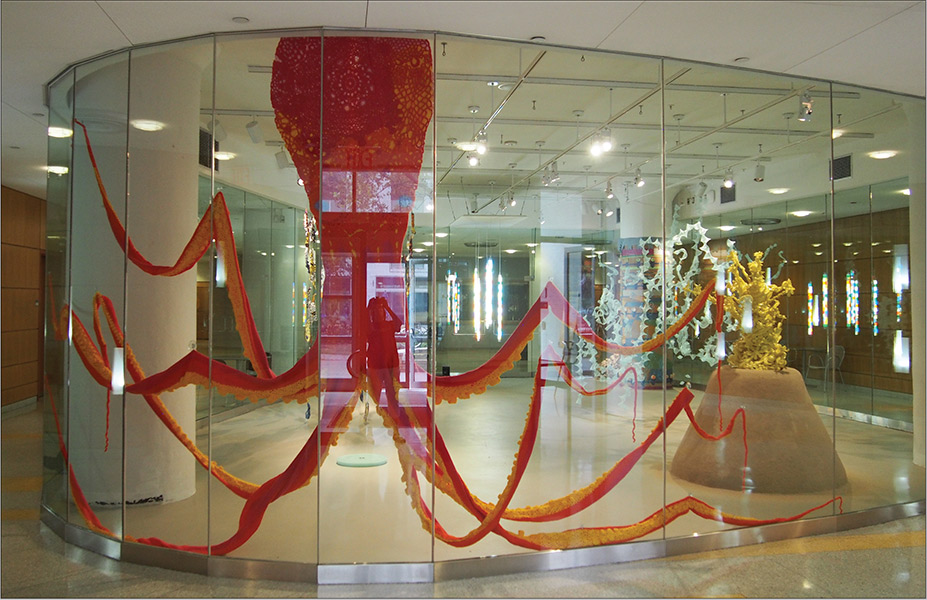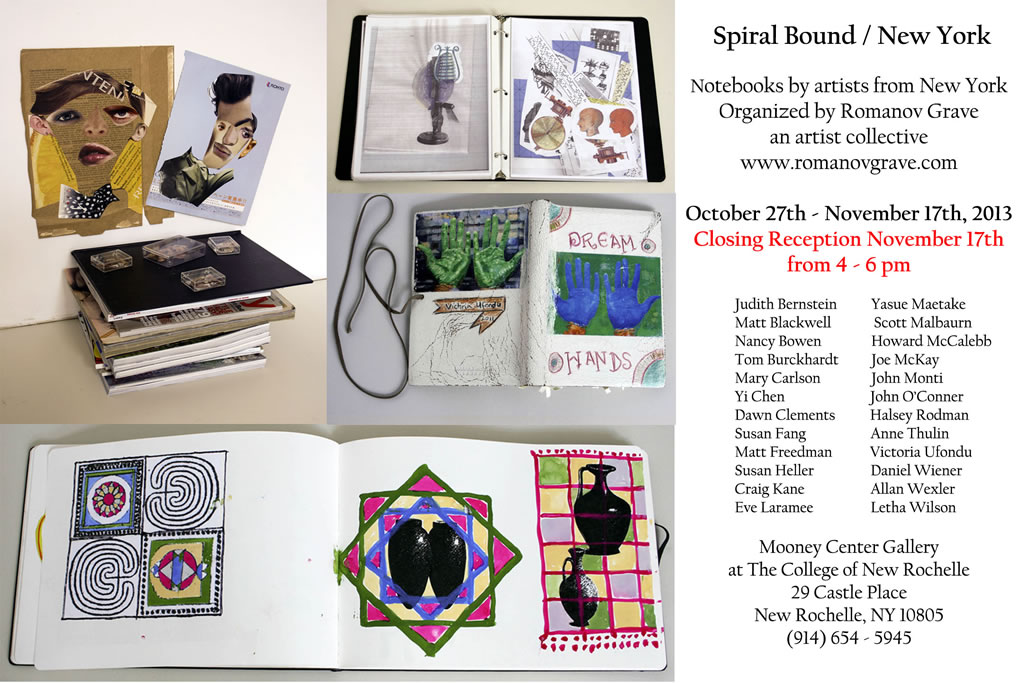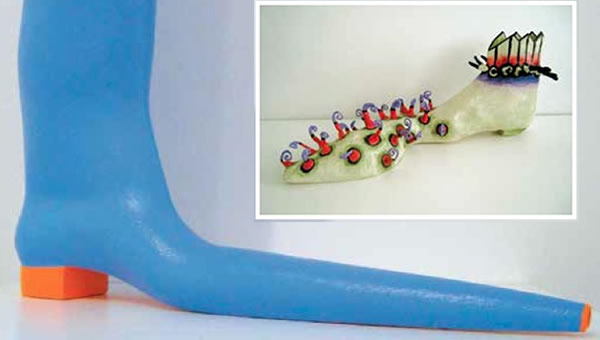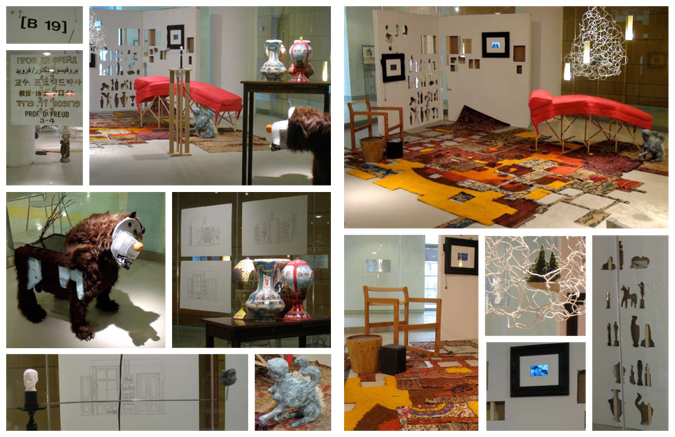SUSANNA STARR
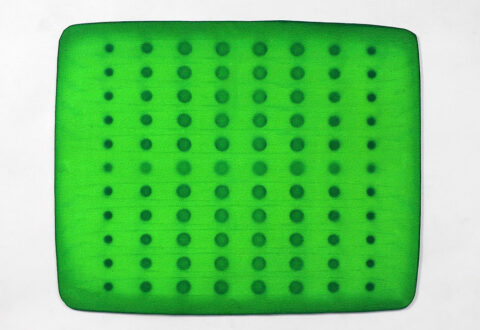
New York City artist Susanna Starr uses saturation, absorption, and even simple rubbing, to make delicate porous objects. Her work offers a glimpse into the unseen structures of familiar things – exploring questions of space and physicality. She received an MFA from The Yale School of Art, a BFA from The Maryland Institute College of […]
Michelle Weinberg
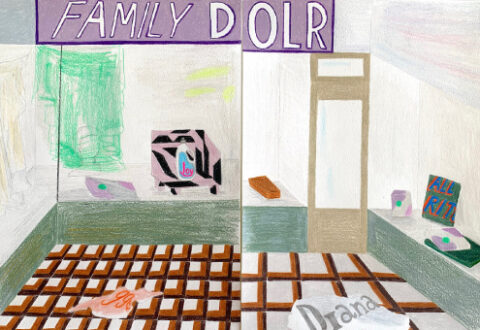
When I create art for an interior, exterior or public place, I’m thinking of surfaces as social veneers that are penetrated by viewers/participants. I like to connect with individuals moving across or around a public artwork by suggesting a synchronization with their own bodily rhythms of breath, footsteps, heartbeat and pulse. It’s this flickering, pulsating effect I’m after – a vibration we can feel with the fundamental sublime geometry existing beneath all things.
Ilene Sunshine
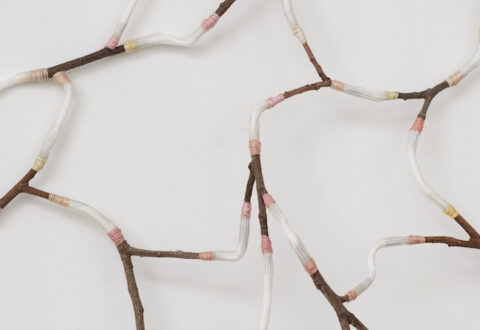
I’m using twigs and cord to frame air. That’s what enchants me most— how a space can be empty, yet full of presence. So, though I’m technically the maker, it’s a matter of me paying attention to how these materials behave under certain circumstances.
Fran Shalom
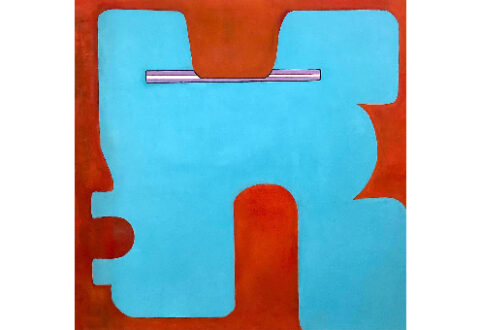
I am always teetering from one edge: from abstraction to figuration; from ambiguity to obviousness; from clarity to mystery; from additive to subtractive.
Alex Branch
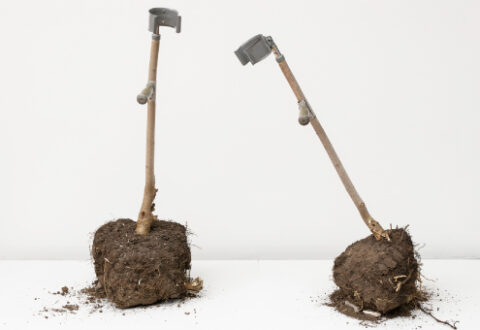
I think my interest in transformation can be traced back to my childhood growing up on an island in the Pacific Northwest. As a child, I was fascinated by the mysterious objects that would wash ashore from unknown places, some from the natural world, and also those that were human made but had been transformed by their time in the water. Barnacles and seaweed would attach to them, changing them into hybrids. When I work with found objects in the present day, they carry with them a residue of a life lived. It’s not possible to know exactly where the objects have been, or who interacted with them, but the fullness and richness of their experience resonates.
Alexi Worth
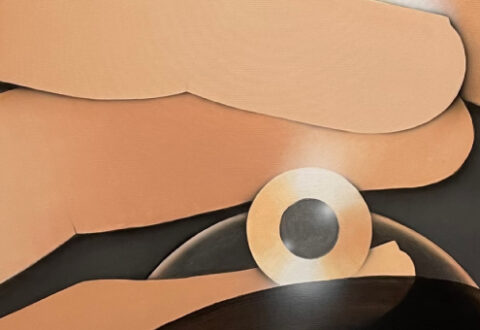
In my current show giant fingers are the first thing you see, and they are unmistakable, […]. I think their obviousness mis-sets our expectations in a funny way, so that you feel you have a right to understand everything else as immediately. But you don’t. I’m interested in that mix of extreme clarity and uncertainty. That corresponds to my sense of things.
Nick Van Zanten
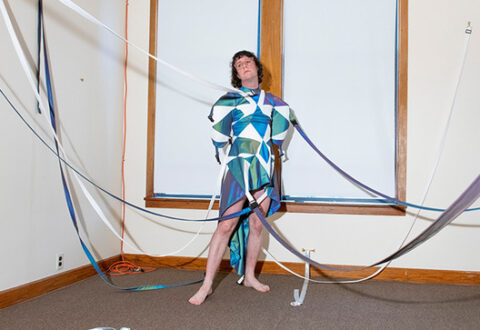
My work starts from my pleasure in the tactile and visual experience of myself in these fabrics, which are shiny as if they were wet, colorful like neon, so wonderfully smooth that you just want to slide around in them, and so utterly unnatural that they put me outside my normal body. This same artificiality also makes them strange and abject, offering a promise of transformation that they can’t fulfill.
Julie Evans
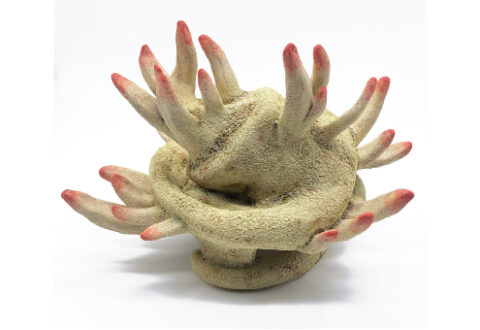
In my sculptures, I have to compress anything I may want to suggest into the singular form, with no assistance from the space that surrounds it. This difference changes everything and requires me to be more direct, more specific, and more finite in the work. I can not smudge something into a ghostly state, (suggesting character) or indicate where or how a form exists in space. Working with the isolated forms themselves means they must be complete, discrete, and particular unto themselves.
Elisa D’Arrigo
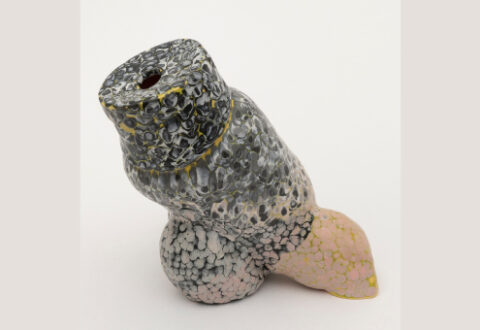
I consider the works’ configurations to be poses in a way. They are taking a stance or are in a paused position between moves. I feel their position in my own body, and those positions often record or express my own transitory states of mind. Clay is a good material for revealing the previously unthought.
Jule Korneffel
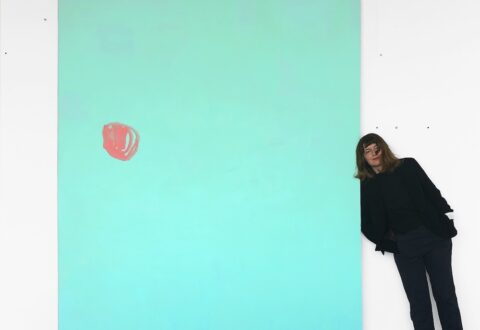
The development of my painting took techniques from my experience of improvising – such as starting out of blankness, uncountable trials to get a color and/ or mark right, and not knowing what the next step will be like. And I’m always ready to lose the entire painting. My studio is usually in the state of a “gleeful mayhem” like a clown’s mind.
